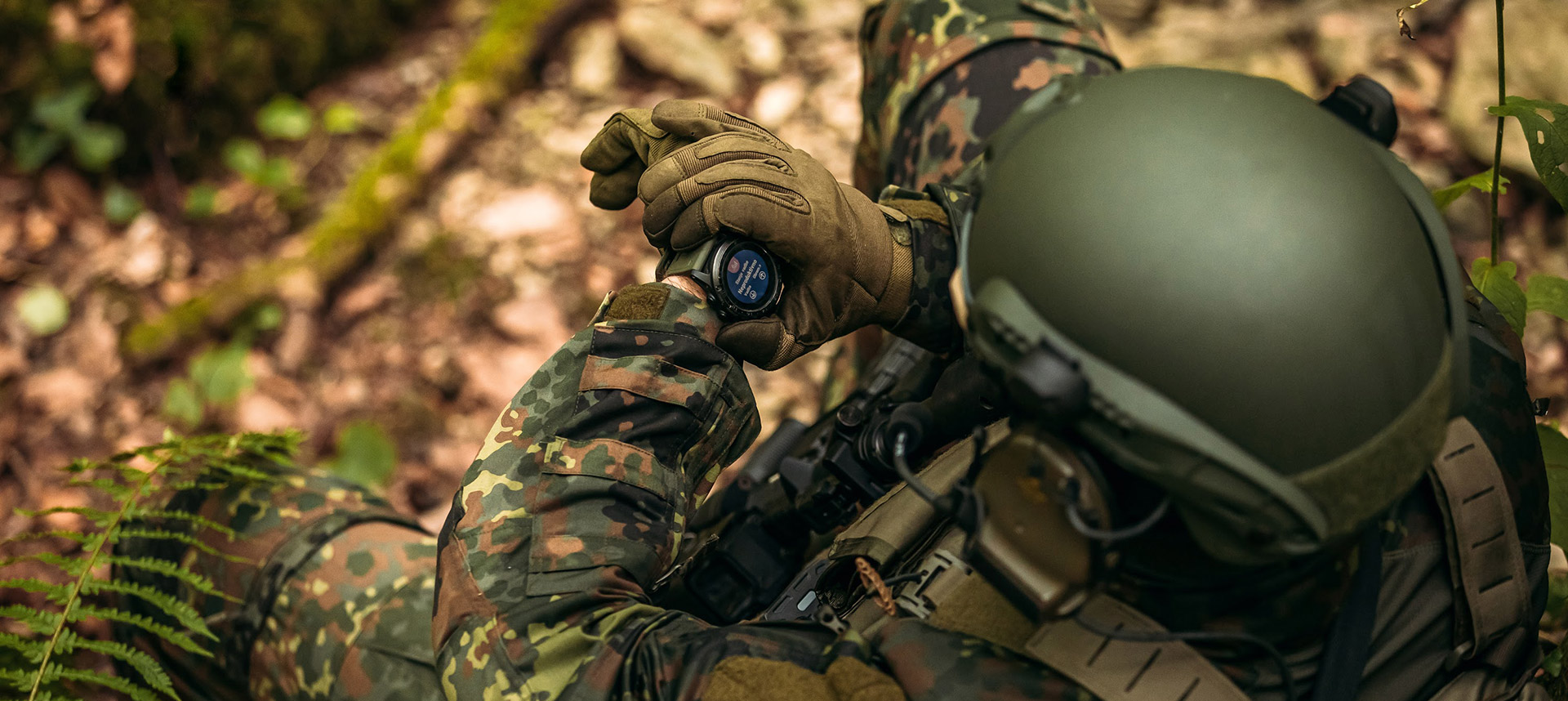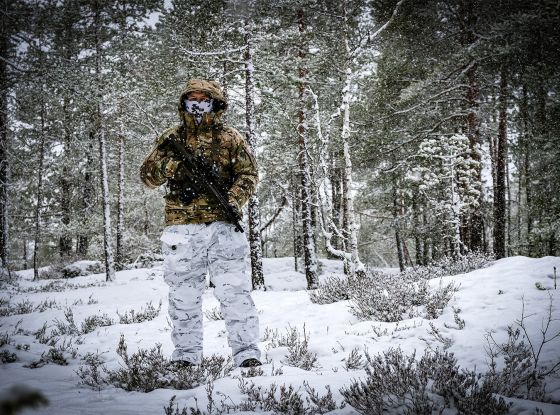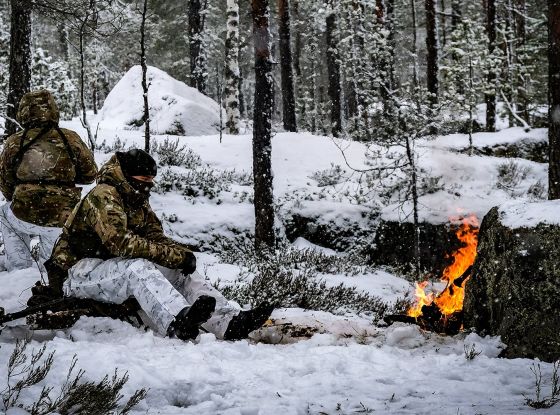The events that started in February 2022, particularly the war in Ukraine, have sparked significant changes in military doctrine, reminiscent of the shifts during the Vietnam War. As the nature of warfare evolves, so too must the strategies and equipment used by soldiers. In this episode of Beer:30, Armin and Darko discuss the changes in the military doctrine and gear that came with the Ukraine conflict.
In this blog post:
The modern battlefield: A shift from asymmetric to conventional warfare
The current military doctrine was largely based on the War on Terror, which focused on asymmetric warfare against non-state actors. However, the war in Ukraine has demonstrated a return to high-tech, conventional warfare, where state actors with advanced technology face each other in open conflict. Soldiers now confront fast-paced movement, heavy artillery, and increased use of drones, necessitating a reassessment of equipment and tactics.
One significant change in this new environment is the level of communication and coordination required on the battlefield. Soldiers must be prepared to quickly adapt to changing situations and relay information to their units effectively. This has led to an increased emphasis on communication technology and streamlined command structures.
Additionally, the use of cyber warfare has become more prevalent, with both sides seeking to disrupt each other's communication networks and infrastructure. This adds another layer of complexity to the modern battlefield, as soldiers must not only contend with physical threats but also protect their digital assets.
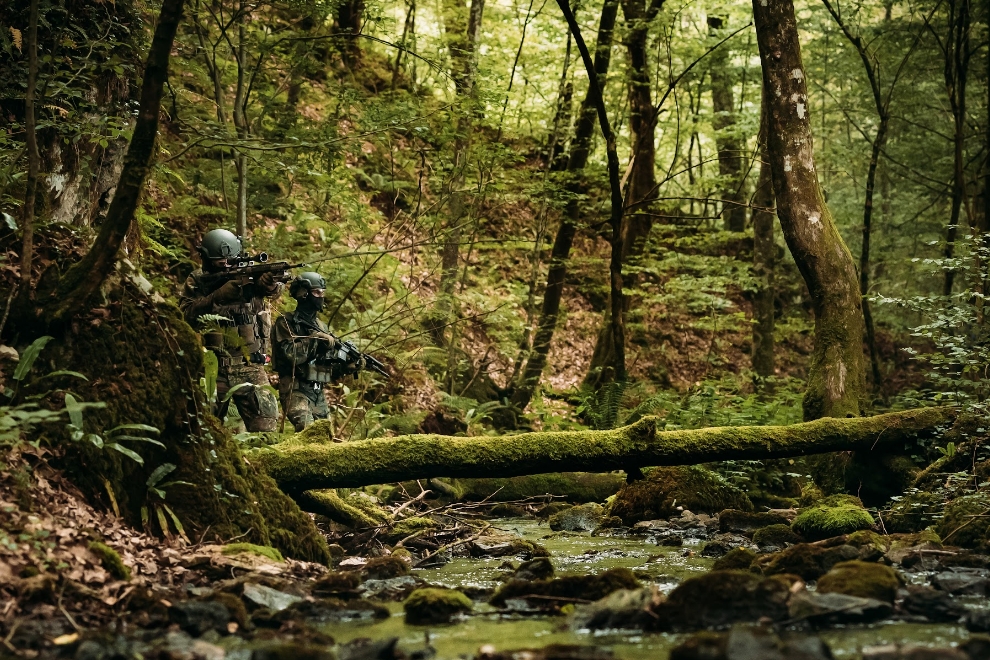
The role of the traditional backpack
In this new era of warfare, the need for mobility has become paramount, outweighing the need for long-term survivability. With over 50,000 artillery rounds fired per day, soldiers can no longer afford to carry cumbersome 24-hour packs. The limited space in military vehicles, which are often targeted and destroyed, means that soldiers must rely on pockets and load-carrying systems for their essential gear. This shift has led to the rise of innovative garments like UF PRO pants, which provide ample storage without hindering movement. Every small commodity becomes precious in this fast-paced environment, making the efficient use of space vital for soldiers.
As a result of these changes, soldiers must also become more versatile and adaptable in the field. The ability to quickly switch roles and adapt to new situations is now a key requirement for modern military personnel. The focus on mobility and rapid response has led to an increased emphasis on physical fitness, mental resilience, and training in a variety of specialized skills.
This emphasis on mobility has also led to a re-evaluation of the types of weapons and equipment carried by soldiers. There is now a greater focus on lightweight, modular systems that can be easily adapted to different roles and situations. These systems often prioritize ease of use, speed, and adaptability over raw firepower.
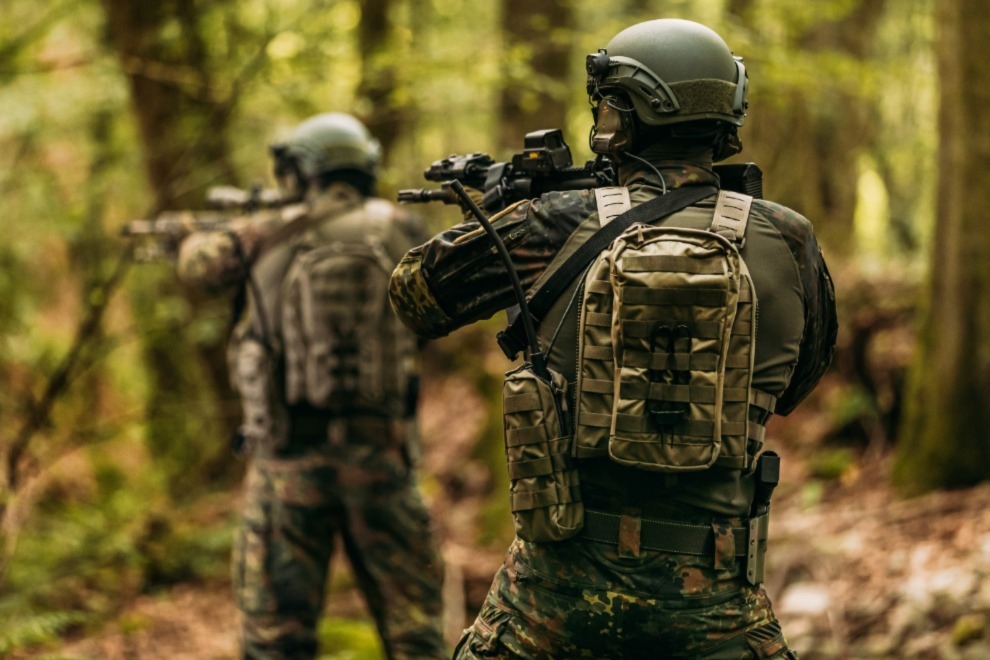
The evolving bail-out pack
As warfare evolves, the traditional bail-out pack is becoming obsolete. Instead, soldiers must carry only the essentials in their pockets or on their person, making mobility a top priority. While the basic logic of carrying a pack for survivability remains, the focus now lies on adapting to this new environment. Soldiers must rethink their load-outs, prioritizing quick access to crucial items over the ability to carry a wide variety of supplies.
This shift in focus also extends to the types of items carried by soldiers. For example, advances in medical technology and the increased risk of injury on the battlefield have led to a greater emphasis on carrying personal medical kits and life-saving equipment. Similarly, soldiers must also consider carrying additional batteries and power sources for their electronic devices, as access to reliable power sources can be limited in the field.
Considering these changes, some militaries are also revisiting their training programs to better prepare soldiers for the challenges of the modern battlefield. Emphasis is being placed on scenario-based training exercises that simulate real-world conditions, forcing soldiers to think critically and adapt to rapidly changing situations. This type of training helps to develop the mental agility and resilience needed to succeed in the high-stakes, fast-paced environment of contemporary warfare.
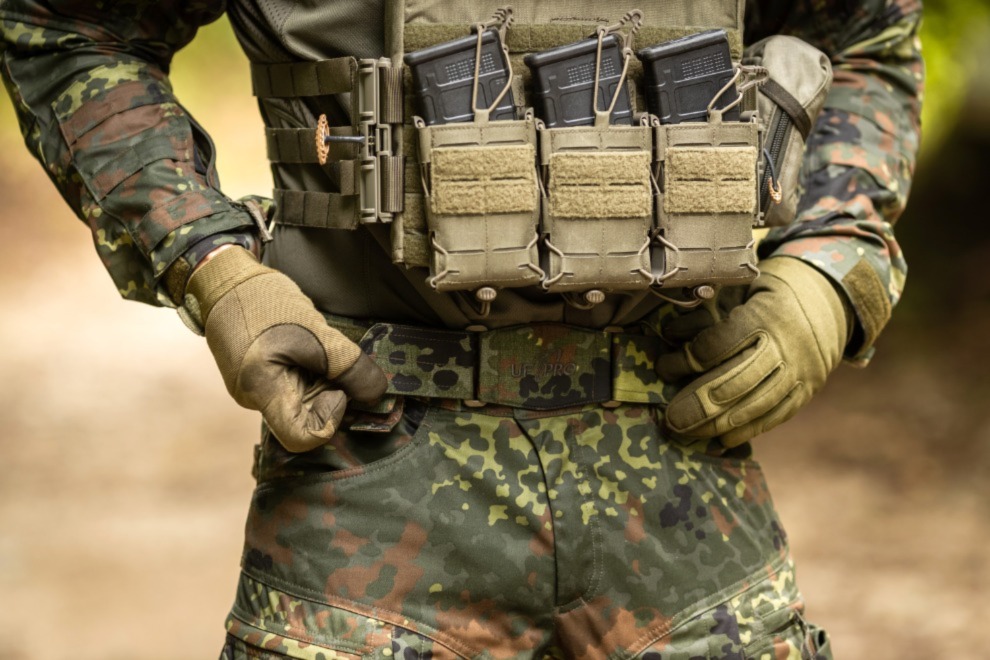
Impact on backpack manufacturers
The changing nature of warfare has forced backpack manufacturers to reconsider their designs. With packs often left behind in trenches or under different conditions, manufacturers must create more versatile and adaptable gear. The design changes may include lighter materials, modular components, and more efficient storage solutions. Although the concept of the backpack will remain, usage and packing will change to meet these new challenges.
Manufacturers are also likely to explore new technologies and materials to enhance the performance of their products. For example, they may incorporate smart textiles that can adapt to environmental conditions, such as temperature and humidity, to improve comfort and durability. Additionally, they may consider integrating advanced materials that offer increased protection from projectiles and shrapnel without adding significant weight to the pack.
Collaboration between military personnel and manufacturers is crucial in developing gear that meets the unique needs of the modern battlefield. Through feedback and real-world testing, manufacturers can refine their designs to better serve soldiers in the field.
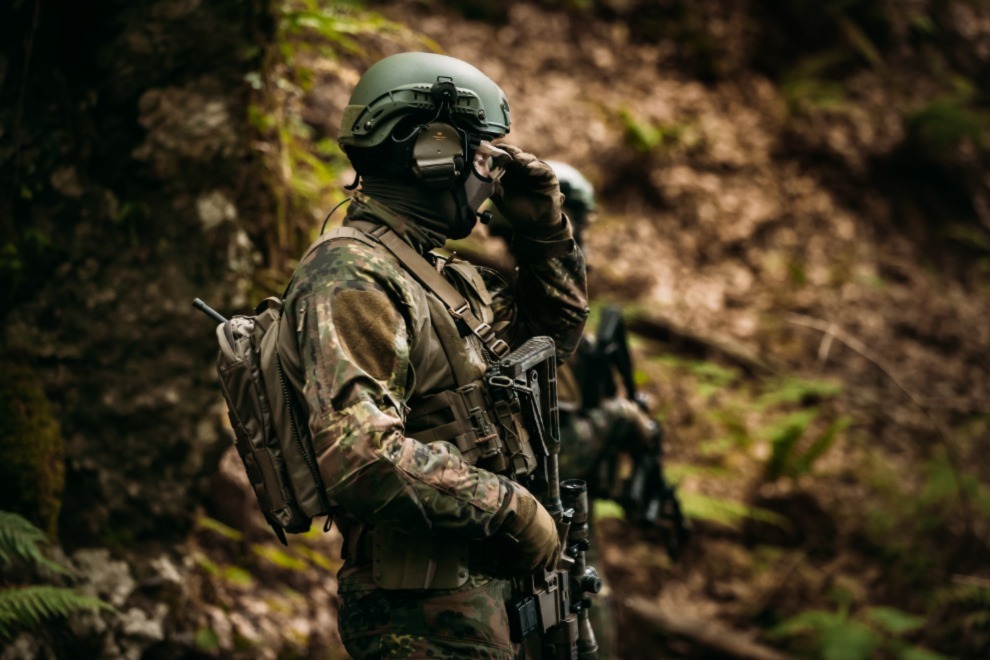
Adapting tactics and strategies
As the nature of warfare changes, so too must the tactics and strategies employed by military forces. Traditional approaches to warfare, such as static defense and massed infantry assaults, are becoming less effective in the face of modern technology and the evolving battlefield. Instead, military forces must adopt more dynamic and fluid strategies that emphasize speed, deception, and adaptability.
One such strategy is the concept of "swarming," in which multiple small, agile units converge on a target simultaneously from different directions. This approach aims to overwhelm and confuse the enemy while minimizing the risk to friendly forces. Swarming tactics can be particularly effective when combined with advanced technology, such as drones and robotic systems, which can be used to gather intelligence and coordinate attacks.
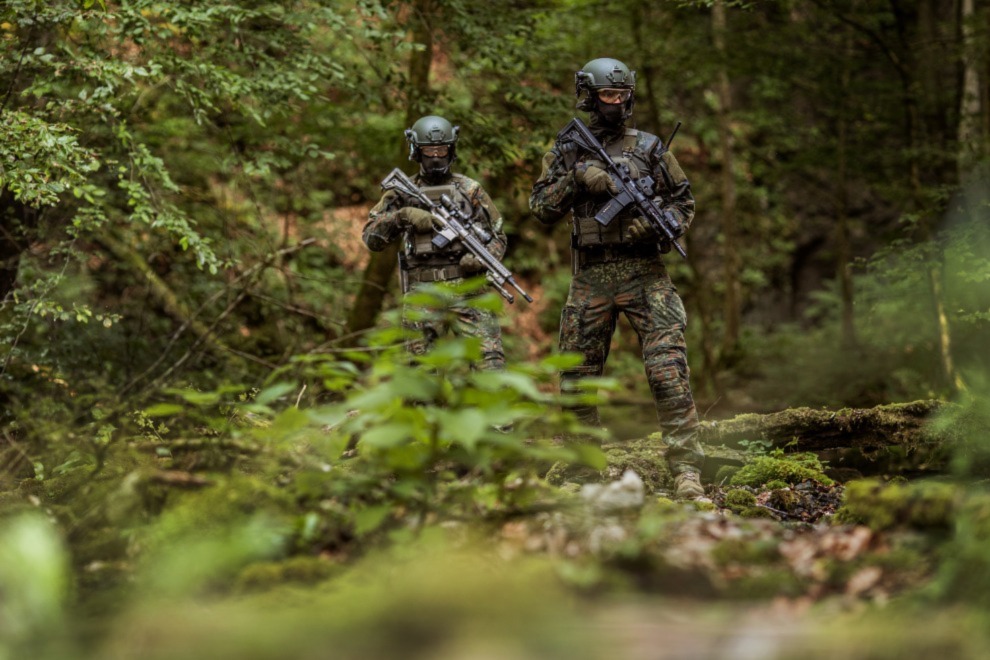
Adapting to a changing world
The war in Ukraine has shown the world that no plan survives first contact, and the process of adaptation takes years. As military doctrine and equipment continue to evolve, it is crucial for all nations to learn from these events and prepare for the future. Observing and understanding the events in Ukraine will provide valuable insights into the future of warfare and military strategy.
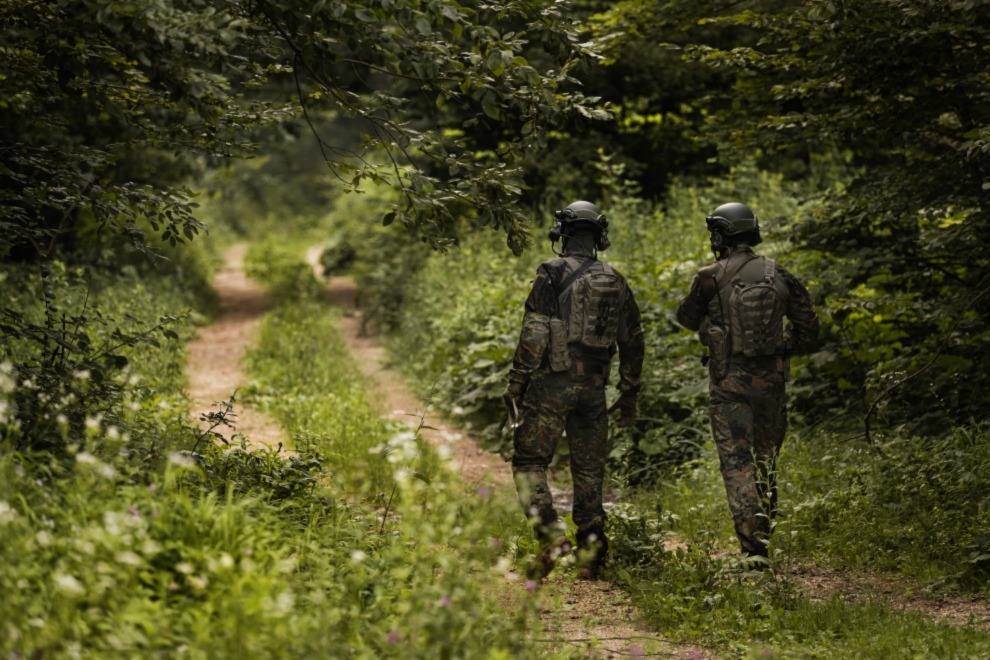
Conclusion
Ultimately, the key to increasing survivability on the modern battlefield lies in what soldiers pack and where they store it, with a focus on mobility and adaptability. Soldiers, strategists, and manufacturers must work together to develop new solutions that address the demands of this rapidly changing landscape. This collaboration will lead to more effective training, enhanced equipment, and ultimately, a better-prepared military force.
As we continue to learn from the war in Ukraine and other conflicts around the world, it's essential that we remain adaptable and open to change. By doing so, we can ensure that our military forces are equipped with the knowledge, skills, and gear necessary to succeed in the ever-evolving landscape of modern warfare. The lessons learned from these conflicts will not only shape the future of military strategy and technology but will also serve as a stark reminder of the importance of preparedness and adaptability in an increasingly uncertain world.

